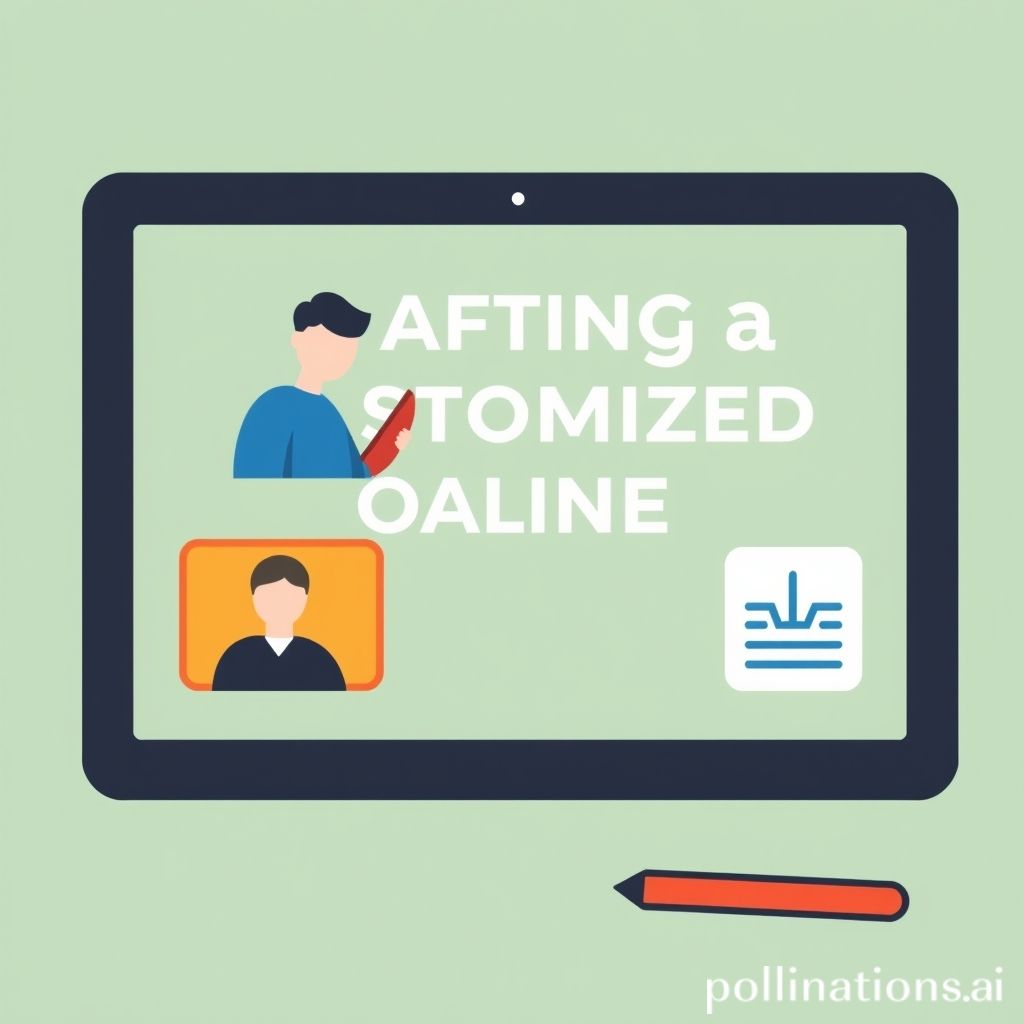Contents
Introduction
Online training programs have become increasingly popular due to their flexibility and accessibility. However, a one-size-fits-all approach may not be effective for all organizations and learners. Crafting a customized online training program tailored to your specific needs can greatly enhance its impact and effectiveness. In this step-by-step guide, we will explore the key considerations and steps involved in developing a customized online training program.
Key Takeaways
- Creating a customized online training program can enhance its impact and effectiveness.
- Tailor the content and delivery methods to meet the specific needs of your organization and learners.
- Engage stakeholders, conduct a diagnostic assessment, and set clear objectives to guide the program development.
Step 1: Engage Stakeholders
Before diving into the program development process, it is crucial to involve stakeholders such as subject matter experts, trainers, and learners themselves. By understanding their perspectives and needs, you can effectively align the training program with organizational goals and learner expectations. Regular communication and consultation with stakeholders can provide valuable insights that shape the program’s design and development.

Step 2: Conduct a Diagnostic Assessment
To identify the specific training needs and gaps, a thorough diagnostic assessment should be conducted. This assessment can include surveys, interviews, or focus groups to gather information on existing knowledge and skills, desired outcomes, and any challenges faced by the learners. Analyzing this data will provide a solid foundation for designing the content and delivery methods of the training program.
Example Diagnostic Assessment Survey Question:
“Rate your proficiency level in the following areas: A) Technical knowledge, B) Communication skills, C) Problem-solving abilities.”
Step 3: Set Clear Objectives
Defining clear objectives is crucial for both program developers and learners. Objectives serve as guideposts, helping to determine the content, activities, and assessments of the training program. SMART (Specific, Measurable, Achievable, Relevant, Time-bound) objectives provide a framework for creating target outcomes that align with the organization’s goals and the learners’ needs.
Frequently Asked Questions
Q: Can I reuse existing training materials?
A: Yes, but it is important to carefully review and tailor the materials to ensure they align with the customized program’s objectives and content. Adapting existing materials can save time and resources, but they should be reviewed to verify their relevance and effectiveness.
Q: How can I ensure learner engagement in the online training program?
A: Incorporate interactive elements such as quizzes, simulations, discussion forums, and virtual collaboration tools. These interactive elements foster active participation and engagement, keeping learners motivated throughout the program.

